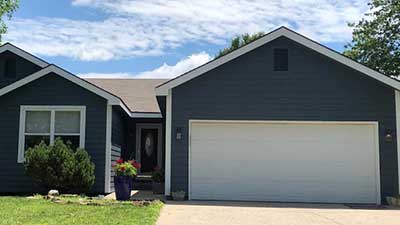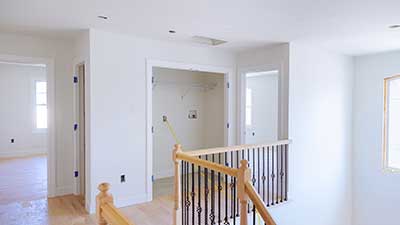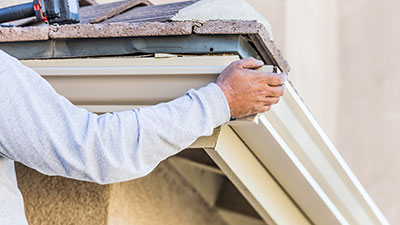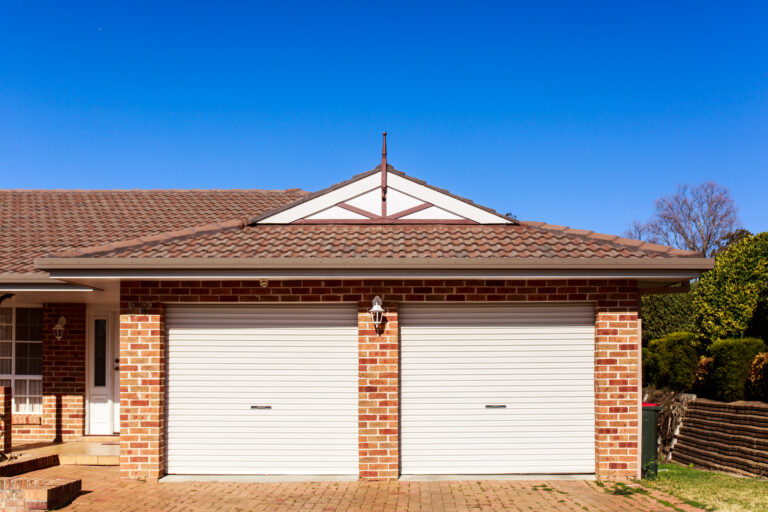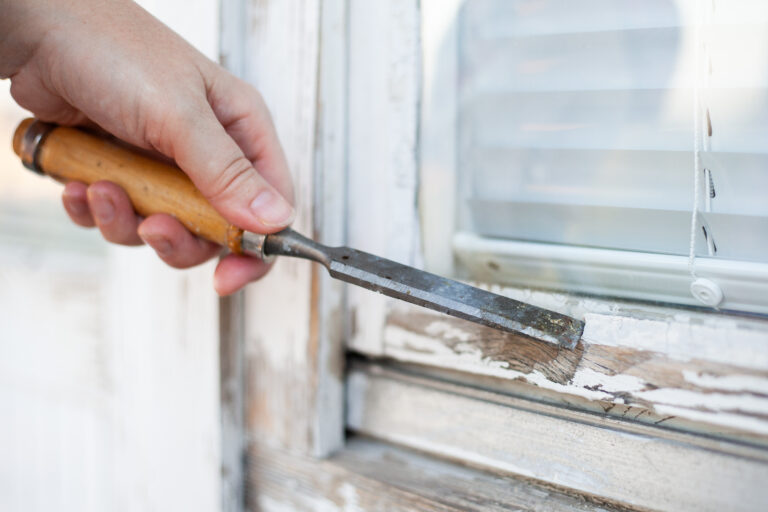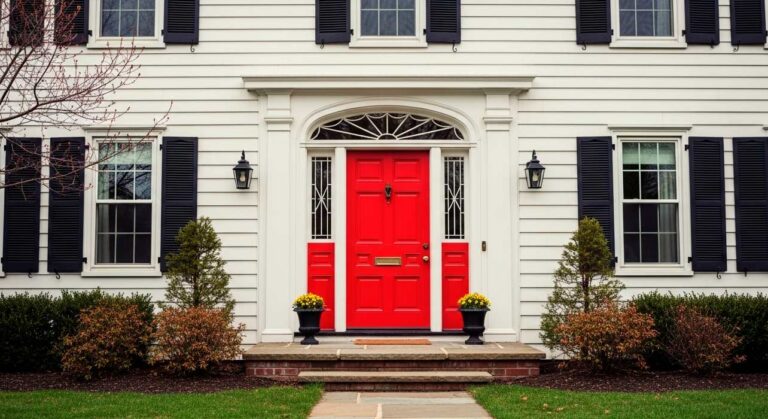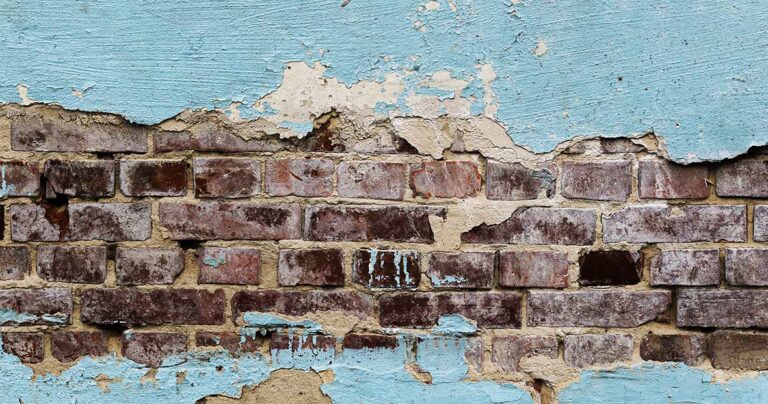Embarking on a DIY journey to give your walls a fresh start? Whether you’re dealing with a regrettable color choice or preparing for a sleek new paint job, stripping paint from drywall can seem like a Herculean task. But fear not, intrepid decorator! With the right tools and techniques, transforming your walls from blah to ahh is less about brute force and more about smart, strategic moves. From the gentle persuasion of vinegar and water to the might of chemical strippers, your pathway to pristine walls is littered with options.
So, roll up your sleeves and let’s dive into the art of paint removal. Whether it’s a battle against time-hardened layers or a skirmish with a few stubborn spots, this guide will arm you with the knowledge to strip away the old, making way for the new. Ready to turn that daunting task into a triumphant DIY victory? Let’s get stripping!
Basics and Preparation
The journey to remove paint from drywall encompasses various steps, pivotal for ensuring the process is both effective and safe. At the outset, it’s paramount to evaluate the condition of the wall paint, particularly if it’s manifesting signs of peeling paint, bubbling, or if you’re contending with multiple layers of old paint. The ultimate aim is to attain a smooth surface, primed for a new paint job or other finishes. Prior to embarking on this venture, it’s essential to ensure the room is well-ventilated, a measure that becomes even more crucial when employing chemical paint strippers. Donning appropriate safety gear, such as gloves, goggles, and a dust mask, is indispensable to safeguard against potential hazards. Deploying a drop cloth to shield your flooring from debris and chemical spills is also a crucial preparatory step.
As you prepare to strip paint, using tools like the paint scraper and sanding block, and applying chemical paint removers, a comprehensive understanding of the method you choose is necessary. Whether opting for mechanical methods such as scraping and sanding or leaning towards chemical means with paint strippers, each technique requires meticulous application and adherence to the manufacturer’s instructions to ensure not just the effective removal of all the paint but also to preserve the integrity of the drywall beneath.
Tools and Materials
The tools required for this job typically include:
- Paint scrapers
- Wire brushes
- Sandpaper (various grits)
- Buckets, sponges, and towels for cleaning
- Drop cloths for protection
- Shop Vac for dust removal
- Chemical paint strippers (if necessary)
For chemical paint removal, products range from those containing methylene chloride to more eco-friendly options like soy or citrus-based strippers. It’s vital to choose a stripper compatible with your surface and follow the manufacturer’s instructions closely for application and safety.
Techniques for Paint Removal
There are multiple techniques for paint removal from drywall, including:
Scraping and Sanding:
Start by scraping off loose paint with a paint scraper, then sand the surface to smooth out any imperfections. This method is effective for small areas or where the paint is already peeling.
Chemical Stripping:
Apply a chemical paint stripper with a paintbrush or roller, wait for the paint to bubble, then scrape it off. This method is useful for tougher jobs or when dealing with multiple layers of paint.
Heat Gun:
A heat gun can be used to soften the paint before scraping. However, this method requires caution to avoid damaging the drywall or causing a fire hazard.
Dealing with Difficulties
For those dealing with peeling or loose paint, the initial steps involve using a paint scraper to gently remove the paint without damaging the drywall paper. In instances where the entire wall is coated with layers of old paint, a more robust approach might be needed. This could involve a combination of chemical paint remover applications followed by careful scraping and sanding to achieve a smooth finish. It’s imperative to wear protective gear throughout this process to protect against the inhalation of dust or exposure to chemical strippers.
Be careful to avoid aggressive techniques that could damage the drywall’s paper surface.
Cleanup and Post-removal Care
In tackling the task of stripping paint from drywall, one must be prepared to deal with residual paint and ensure that the surface is ready for a fresh coat of paint. This may involve washing the walls with hot water, applying a second coat of chemical stripper if necessary, and sanding for a smooth finish. The goal is to remove the paint entirely, leaving a smooth surface that’s ideal for a new paint job.
Tips and Tricks
- Always test paint removal methods on a small, inconspicuous area first.
- Invest in quality tools and materials for a smoother process and better results.
- Patience is key; allow chemicals to work as directed and avoid rushing through scraping and sanding.
Environmental Considerations and Safety
It’s important to consider environmental and safety aspects, especially when dealing with older homes that may contain lead-based paint. Using eco-friendly paint removers and ensuring proper ventilation can minimize the environmental impact and health risks.
Chemical paint strippers, such as a chemical paint stripper or paint stripper, are potent solutions for breaking down the old paint on flat surfaces. However, they require handling with extra precautions, such as ensuring the room is well-ventilated and following the manufacturer’s instructions closely. For areas that are hard to reach or require precision, tools like a wire brush or a putty knife may be more suitable.
In such cases, consulting a professional or taking extra safety measures is advisable. The use of eco-friendly chemical paint strippers can also mitigate the environmental impact of the project.
Conclusion
Removing paint from drywall requires careful preparation, the selection of an appropriate removal method (chemical strippers, heat guns, or manual scraping), and adherence to safety measures. This project can enhance your space’s aesthetic, increase property value, and allow for new design opportunities. Challenges include potential drywall damage, exposure to toxic chemicals, and the time required for completion. However, with careful planning, eco-friendly options, and patience, these obstacles can be overcome. Starting this project with the right knowledge and a patient approach can lead to satisfying, professional-quality outcomes, encouraging homeowners to embark on this rewarding journey to rejuvenate their spaces.







